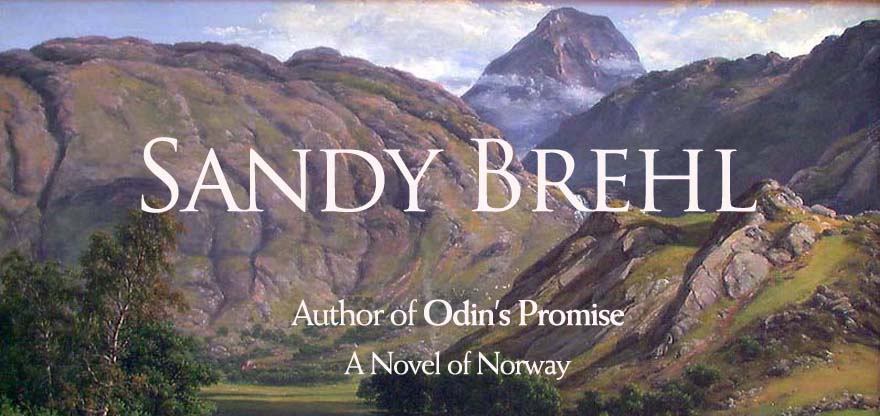In the last post I addressed the importance of readers making personal connections, engaging with the characters and emotions in a story.
When I posted the FAQ page a while back I recognized some of my own connections. One question was asked again recently and I found myself exploring more ways this fictional story mirrors my memories, experiences, and family tales. Here’s what I first wrote:
FAQ: Did you base Mari’s family on your own?
I’m not Norwegian and wasn’t alive during World War II. In most details, my life and family were quite different from Mari’s. But in the most important ways, it was the same. I’m a middle child of four: three girls and one boy. I grew up in more of a “pack” since we were all just a few years apart from each other. There were long periods when my widowed grandma lived with us, and dinner table conversation was our family routine, too. Most important of all, I never doubted that I was loved, that we all were, and that any hard times were survivable.
Now I’m following my own advice to dig deeper. My mother was a “late life” child with a large age gap separating her from her older siblings. She adored them, but they played more of a parental role in her life. She often told stories of growing up feeling a bit lonely, spending time with her grandma and her dog. This question makes me realize that much of Mari’s situation and her worries echo stories my mother told about her childhood. I was never conscious of that while writing.
When the final cover art by Kathleen Spale was released I was thrilled. The image, the color, the mood it evoked all suited the characters and story perfectly. As I compared Mari’s and Odin’s circumstances and relationships to my mom’s, the cover came to mind. My mom’s childhood was spent in the the “hollers” of Appalachia, whose ancient hills and valleys weren’t as mountainous as the cover scene. But it doesn’t take much imagination for me to see her standing on a ridge overlooking the Ohio River with her dog at her side.
Mom began taking art lessons after she retired. Even with years of work her art was more folk than professional, but she developed a personal style and favored certain subjects. Her paintings often featured colors and tones similar to these, and she frequently included young people in outdoor scenes. One of my sisters reminded me of that when I shared the cover art on Facebook.
Kirby Larson, author of DUKE, reflects on unconscious inspirations in her “Friend Friday” blog post this week. Hers is a lovely tribute to the influence of one of her favorite authors, Jamie Gilson. (You should read her post, truly). When I reread Lois Lowry’s Number the Stars recently I was surprised to find I had named Mari’s older sister Lise, the same name as the older sister in that powerful story.
Kathleen Spale, the cover artist for Odin’s Promise, also painted the covers for PLANK ROAD SUMMER and PLANK ROAD WINTER by Hilda and Emily Demuth. Click the link to see their evocative images and read their recent post sharing thoughts about covers, concepts, and inspiration. A recent interview with the Demuth authors is worth reading, too. I hope you’ll take a look.
Never underestimate the power of memory and inspiration. I nearly did.

